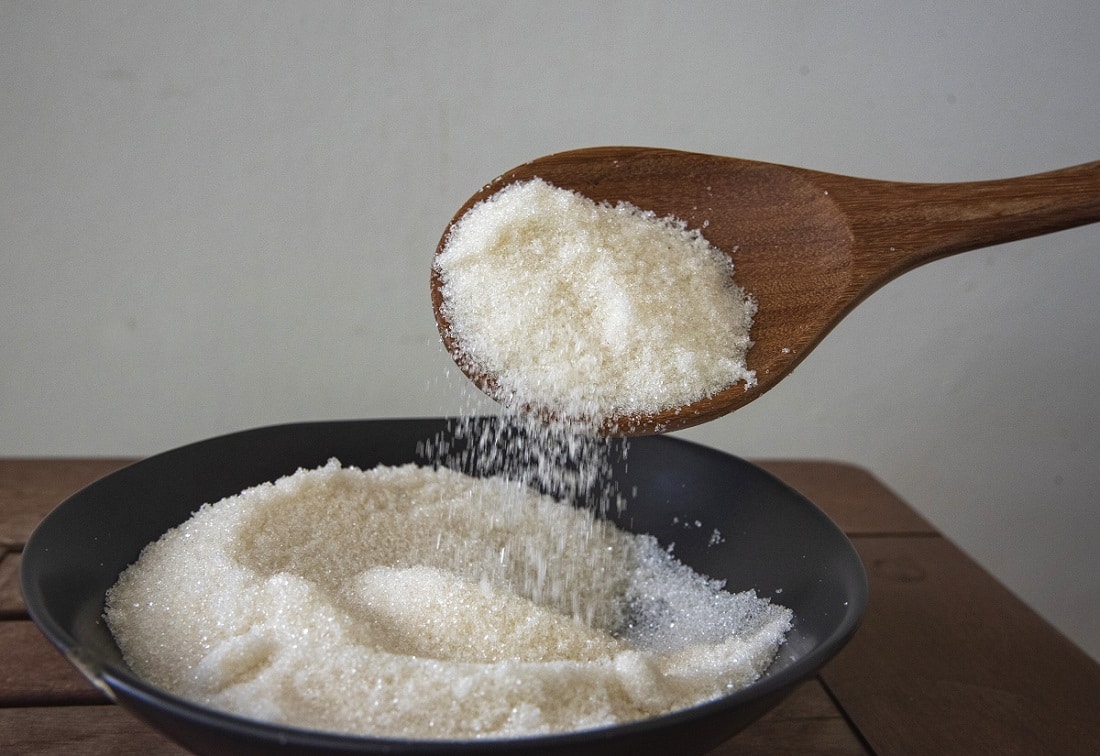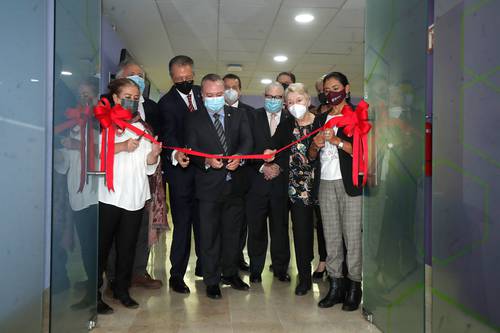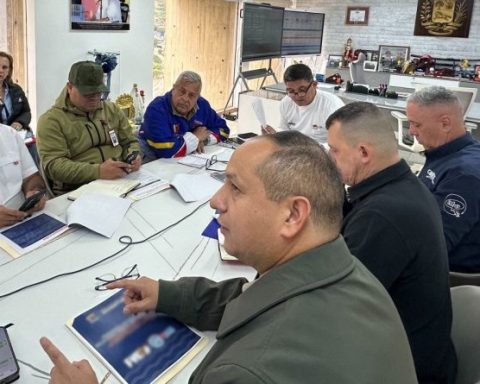The Government of the United States excluded Nicaragua from the sugar quota for its fiscal year 2023 —which begins on October 1, 2022—, which represents another blow to the national sugar cane planting and production industry, in which there are national capitals (San Antonio and Montelimar); Guatemalans (Santa Rosa, owned by Grupo Pantaleón); and Colombians (Casur).
In theory, the measure does not affect the quota of 29,000 metric tons negotiated within the framework of the Free Trade Agreement between the Dominican Republic, Central America and the United States, (DR-Cafta).
An industry source explained to CONFIDENTIAL Excluding Nicaragua from the 2023 quota means that the country will not be able to export some 24,383.6 metric tons of sugar, included in that quota that is assigned each year, for which they will not receive between six and seven million dollars, only in overpricing concept.
The high US sugar production is insufficient to cover all of its annual demand, so it negotiated an annual quota within the framework of the World Trade Organization (WTO), which is distributed among the nations that have additional capacity to sell them the product. , at a preferential price, and with lower tariffs.
In a note signed by the general counselor of the Office of the United States Trade Representative, Greta Peisch, the list of the 39 nations from which part of the annual quota will be purchased, which is 1.12 million metric tons of gross vehicle value (MTRV) in fiscal year 2023, and in which Nicaragua does not appear.
According to exclusion
The country had already been excluded from the reallocation of additional sugar quota for fiscal year 2022sending the first ‘message’ to the Government regarding the application of measures contemplated in the Renacer Law, those that include the possibility of revising the DR-Cafta.
A diplomatic source from that country said, in response to a query raised by CONFIDENTIALthat “the United States Government will say more about it very soon.”
This is the list of allocations made to the rest of the countries in the region, expressed in metric tons: Dominican Republic 208 714.9; Guatemala 56 922.3; Panama 34 391.0; El Salvador 30,832.7; Costa Rica 17,787.9; Belize 12,548.7; Honduras 11 858.7.

















